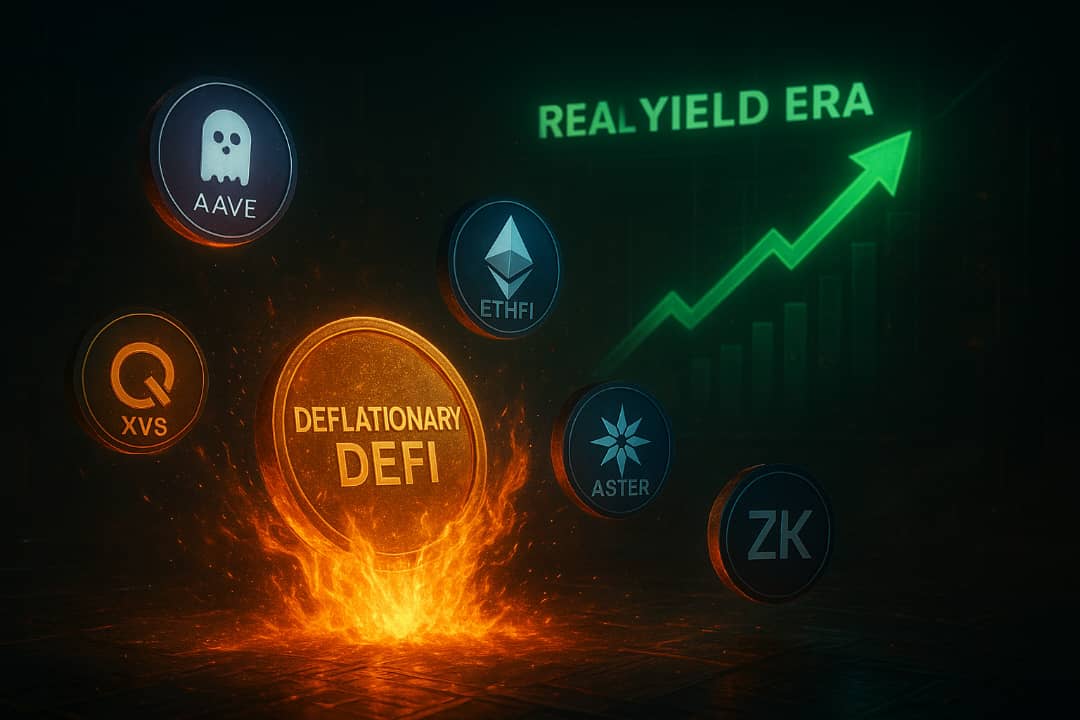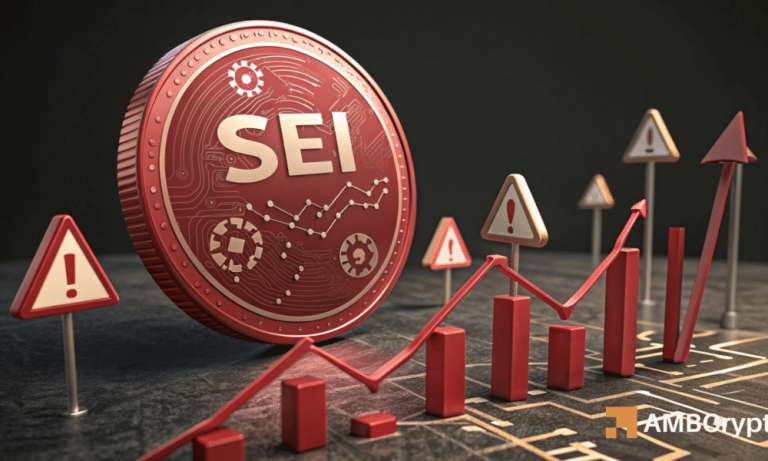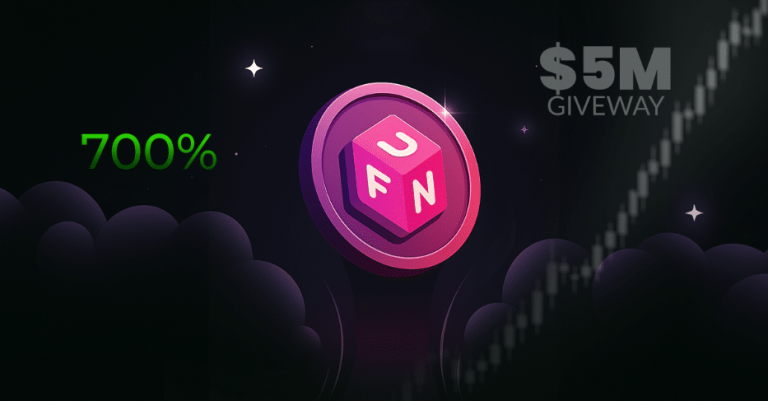
Decentralized Finance Enters a New Era
A transformative wave is sweeping across decentralized finance (DeFi), prioritizing long-term sustainability and value capture over inflationary practices. Top protocols like Aave, EtherFi DAO, Aster, Maple Finance, Venus Protocol, and zkSync are shifting their strategies to focus on buybacks and revenue redistribution rather than token emissions. This pivotal change marks the emergence of a “real yield” economy within DeFi.
The Shift to Deflationary Tokenomics
In recent weeks, DeFi leaders have been rolling out innovative revenue models that prioritize token scarcity and long-term rewards for holders. Here’s a closer look at some major developments:
Aave’s $50 Million Buyback Initiative
Leading lending platform Aave has launched a groundbreaking $50 million per year buyback initiative—the largest in DeFi’s history. By routing protocol revenue to buy back $AAVE tokens, Aave aims to reduce circulating supply and bolster token value. This pivot reflects a significant evolution in DeFi governance, emphasizing financial sustainability and long-term holder rewards over growth incentives.
EtherFi’s Deflationary Model
EtherFi DAO followed suit, approving a $50 million buyback for its $ETHFI token. With over $5 billion in total value locked (TVL), the protocol continues to dominate Ethereum’s liquid staking market. By redirecting earnings into buybacks and introducing staking mechanisms, EtherFi’s deflationary approach is setting a new standard for tokenomics across decentralized autonomous organizations (DAOs).
Aster’s Aggressive Fee Allocations
Aster is taking a bold step forward by allocating 70-80% of its Season 3 protocol fees for $ASTER buybacks. This high-level commitment ensures price stability and rewards loyal token holders, creating what the team calls a “fee-to-value cycle.” This model has already boosted engagement and trading volume on the platform.
Maple Finance: A Balanced Approach
Institutional DeFi player Maple Finance has introduced a two-layer model to balance growth incentives with sustainability. By allocating 25% of revenue to $SYRUP buybacks and staking rewards, Maple ensures both supply reduction and redistribution of yield to token holders. This strategy exemplifies a mature approach to the “real-yield” economy.
Venus and zkSync: Innovations in Revenue Distribution
Venus Protocol, operating on Binance Smart Chain, has adopted one of the most balanced revenue-sharing models in the DeFi ecosystem. Forty percent of total revenue is directed to $XVS holders, split evenly between buybacks and incentives. Meanwhile, zkSync has proposed its first-ever buyback model, which ties $ZK staking rewards to network usage and fees. These developments demonstrate how protocols are innovating to deliver actual value to users and token holders.
From Growth Incentives to Financial Sustainability
DeFi’s formative years were characterized by emission-heavy tokenomics, where protocols minted new tokens to inflate growth metrics artificially. However, with market maturity, leading projects are adopting corporate-style financial discipline, focusing on buybacks to support token value and longevity.
Why Buybacks Signal Maturity
Unlike traditional emissions that only expand token supply, buybacks reduce supply and tie token value directly to protocol revenue. As one industry expert states, “Emissions grow your user base. Buybacks grow your floor.” This shift is transforming how investors evaluate DeFi projects, prioritizing financial resilience and real yield over speculative growth.
Invest in Trust and Sustainability
The widespread adoption of structured buyback systems underscores a maturing DeFi market. Protocols are not only working to retain investor confidence but also improving price resilience during market volatility. As regulations tighten and liquidity cools, sustainability and value capture have emerged as pillars of trust in the crypto space.
For those exploring ways to enhance their DeFi portfolio, consider integrating a sustainable approach to tokenomics. Tools like the popular Laneige Water Bank Blue Hyaluronic Cream can serve as an excellent analogy: just as a quality moisturizer maintains skin health, sustainable financial models safeguard the long-term health of token ecosystems.
Conclusion
DeFi protocols like Aave, EtherFi, and Maple Finance are reshaping the landscape with innovative buyback models that prioritize deflationary growth and long-term alignment with holders. With over $200 million in combined buybacks approved this quarter, the trend is accelerating and redefining success within decentralized finance.
Stay updated with the latest developments in DeFi and blockchain technology by following @nulltxnews on Twitter.



